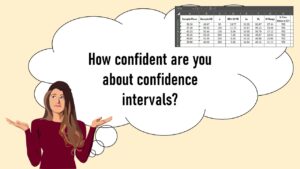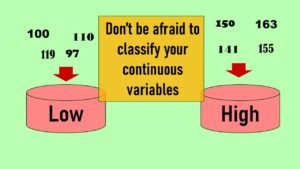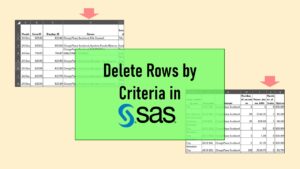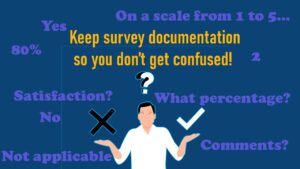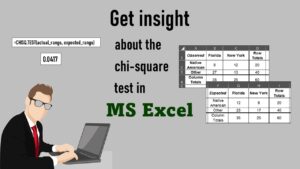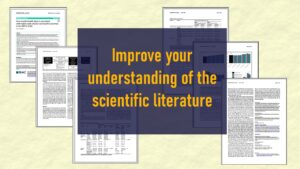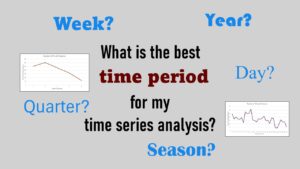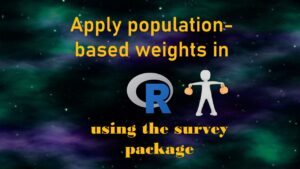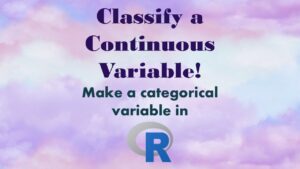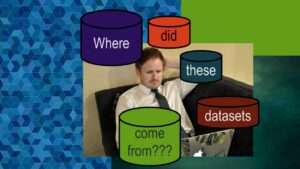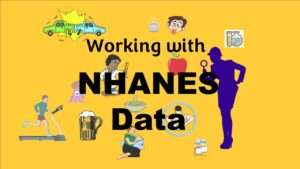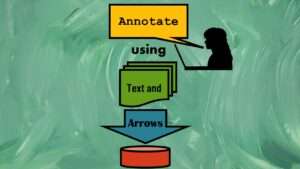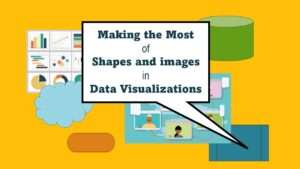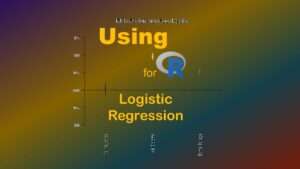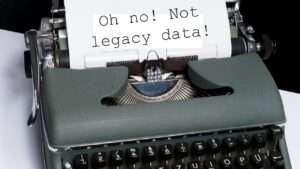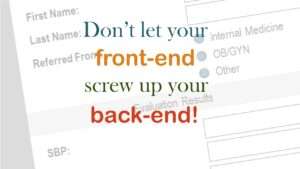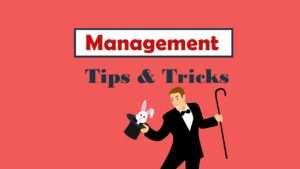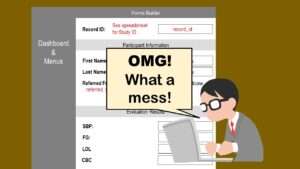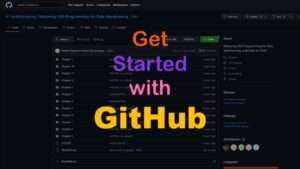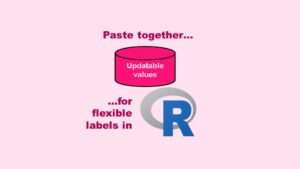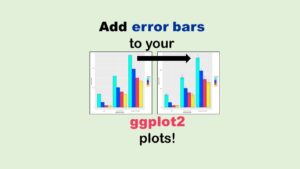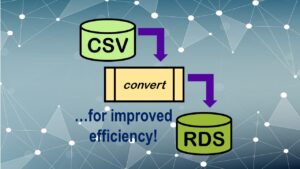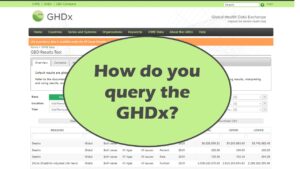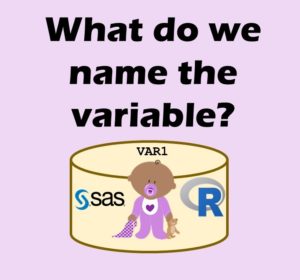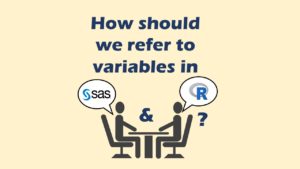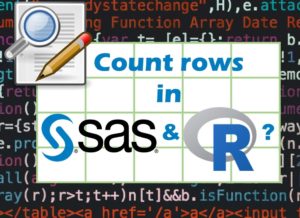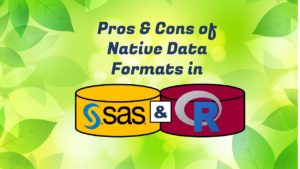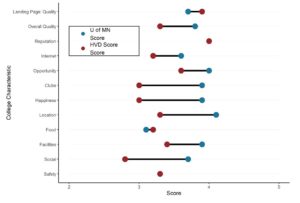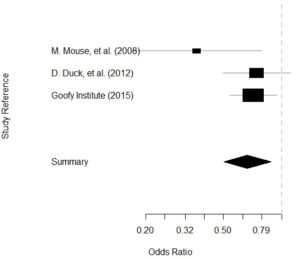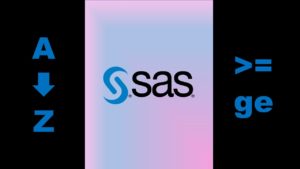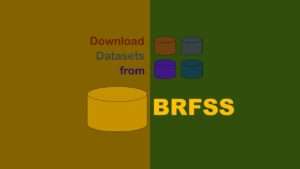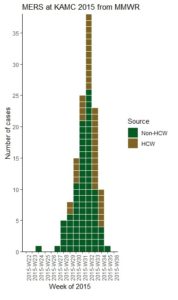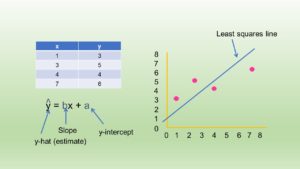Internship strategy for most learners in data science:
“Hello, Ma’am, I’m looking for an internship in data science. Can you help me?”
At least once a week or every two weeks, I get a message like this on LinkedIn. It tells me that whoever is sending the message does not have a very good internship strategy.
The reason I think that is my experience is in managing data scientists. If you wonder, “How can you manage a data science team and also be on the team as a data scientist?” – ask any woman in our field. They expect that of us – and they don’t want to pay.
So if you are a woman and want to be a data science manager, you pretty much have to be on your own team and a working member of it. So when someone comes to you and asks for an internship, you are asking yourself, “Do I want to work alongside this person?”
Internship Strategies in Data Science from a Manager’s POV
So let’s say you approached me on LinkedIn for an internship. I do not own a big, wealthy data science company – but let’s pretend for a moment I did. And let’s say that when you asked me for a data science internship in your message to me on LinkedIn, I responded with:
“Congratulations! We have exactly one data science internship, and I’m awarding it to you for just asking me! I look forward to working with you.”
How would you feel? Would you be overjoyed? Would you be thanking me and smiling and crying and contacting your family and friends and professors to tell them about your new internship?
No. You would probably be totally confused. Think about all the questions that might be swirling in your mind. Here are a few that come to my mind:
- What does this company actually do? And what does someone in the internship actually do?
- When does it start and end? Will you get paid? What about college credit?
- Is it even legal for you to do the internship, given the country the company is in, and the country you are from (or possibly studying in)?
As a manager, I know if someone is approaching me like that on LinkedIn, they don’t have an internship strategy. And if they don’t have an internship strategy – do I think they are going to have any good data science strategies? Right.
Internship Strategy that Meets Managers Halfway
If you are a manager in data science, and you find you will have an intern on your team, if you actually care about learners (like I do), you want them to have a good experience during their internship. That means, as a manager, you want to make sure they accomplish the following three things:

Fulfill whatever requirements they need for a college program if they are in one.

Have experiences at the organization that help shape their future career.

Have them integrate enough with the people on the team that people grow to like the intern, and we have reason to continue to write recommendations for them, and potentially hire them someday.
These are really your only goals as a manager adding an intern to your team – oh, and also, you want to make sure the team is not disrupted, and continues to work smoothly. That’s really actually a piece of number three – but I wanted to call it out, because it is something in the back of your mind when selecting interns. If someone trips off “red flags” in that it seems they might not get along with the team, then you dismiss them right away. They are just not worth the risk.
So, if someone approaches me on LinkedIn and asks me about an internship, we now know what I as a manager REALLY want to know – and that’s those three things above. And from the early part of this blog post, we know what the intern REALLY wants to know – will they get paid, when do they start, what are their hours, what are their duties, and so on.
So since we both know what we both – the intern and the manager – REALLY want to know, why not make the intern’s internship strategy to meet the manager halfway? It would be awesome if the potential intern could just explain in writing exactly what they need. When are they available? What hours can they work? What do they want to do at the internship? Then, someone like me can read that writing, and know everything I need to know to ask follow-up questions.
Internship Strategy and the Art of Cover Letters
When I first started out in the workforce, I got a job as a bakery cashier when I was in high school. I never really applied for it. A colleague (yes, as a teenager, I had colleagues) was leaving the position, and facilitated me taking her place. Later, when I wanted to change jobs, I would just fill out a job application and give my resume. I didn’t understand what a “cover letter” was.
Later, when I became a data science manager, I realized how important the cover letter was. That is because I was trying to hire people, and all I had to look at was a resume and a cover letter. Yes, the resume is fine – but it is only two pages, and data scientists now do many projects over a short time. So only a few things can fit on those two pages – and it’s not enough for me to tell if they would be a good fit for our team.
What I learned from helping my customers get internships is that now, a key part of a successful internship strategy is the cover letter. The cover letter should be unique to each organization to which you are applying, and should “fill in the blanks” of what both the manager and the intern want to know about the internship.
How to Write an Effective Data Science Internship Cover Letter
Typically, I tell my customer that before we can write cover letters, they have to start by telling me where they want to apply for an internship. They need to make a list of organizations. I tell them the organization doesn’t have to have a special internship program – we will just storm into any organization my customer wants to eventually work for, and I will teach my customer how to boldly ask the organization if they want my customer as an intern.
But the problem is, this requires work on my customer’s part. You have to do a lot of research on companies to know what they have, and to know what you want from them. See my video below for guidance on how to do this research.
Some of my customers whine and do not want to do the work. On the other hand, some enthusiastically follow my instructions. I am thinking of an interior design customer who obtained several dream internships at architectural firms using my approach – so I know it works.
Once we have our list, our first step is to make sure what we place on the resume fits with what the customer wants to seek out in the internship. Next, I take the first organization on the list, and help my customer write a customized cover letter for that internship. I literally write it out in Microsoft Word and save it – even though the customer will probably copy/paste the words into an e-mail or LinkedIn message, and just attach her resume when she applies. I carefully “stage” all the cover letters in Word and save them for posterity.
Once we have the first cover letter together, I go to the next organization on the list. I do “save as” for the first letter, and write the second letter with the customer. I do this until I have all the letters done. It’s not easy to explain in a blog post how to formulate the perfect cover letter, so I created this 2-page guide you can download that will explain it step-by-step.
So download my guide and follow along so you can create your own successful internship strategy! Good luck in your internship search!
Updated July 10, 2023.
Read all of our data science blog posts!
Internship strategy for data science is not obvious, and even if you are in a college program, they often expect you to find your own internship. Download our internship strategy guide and get the experience you want!





